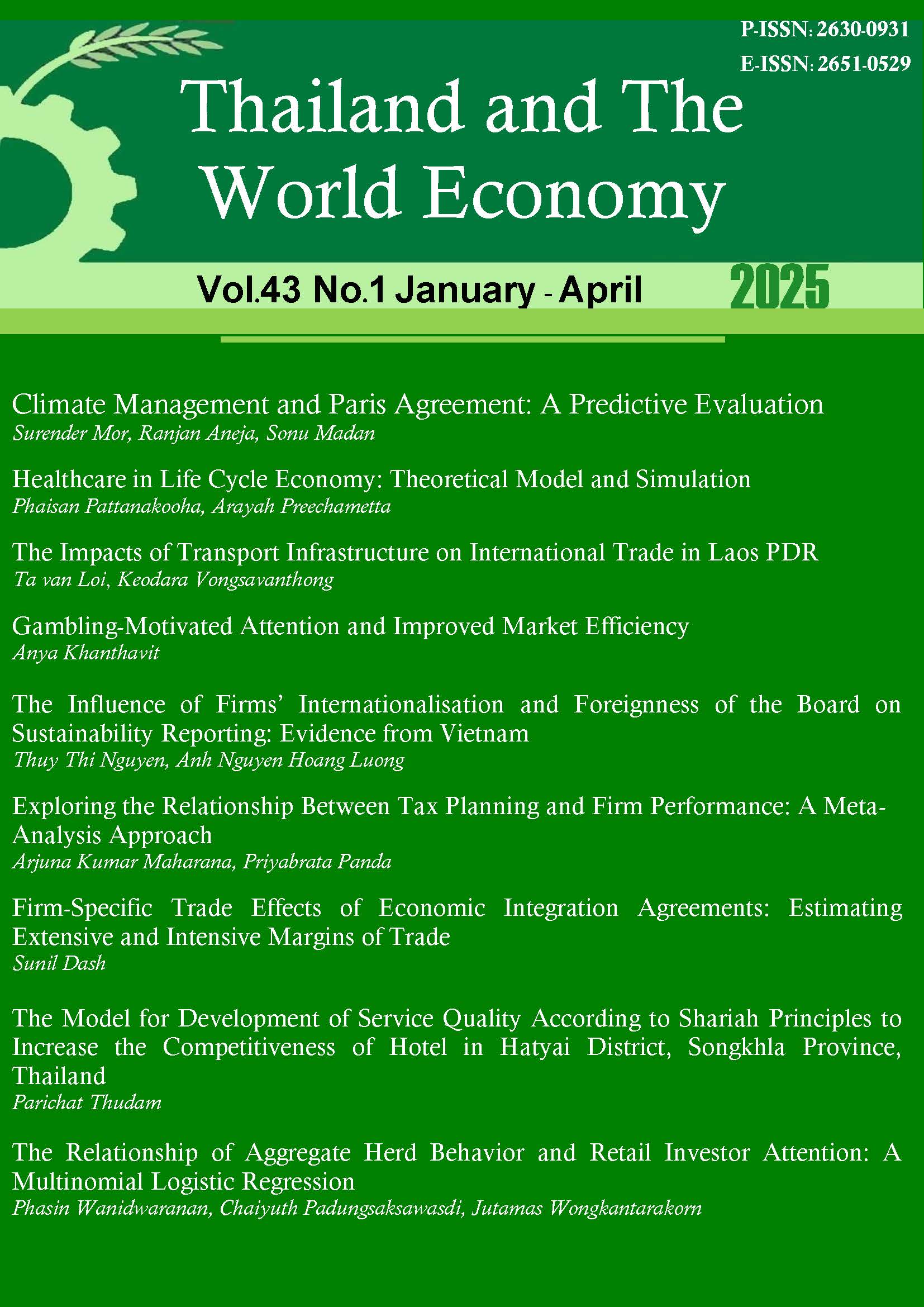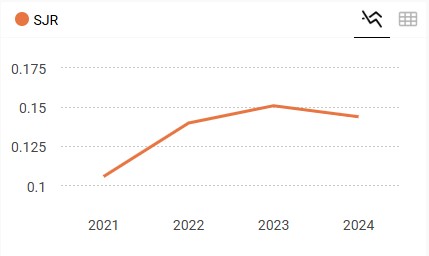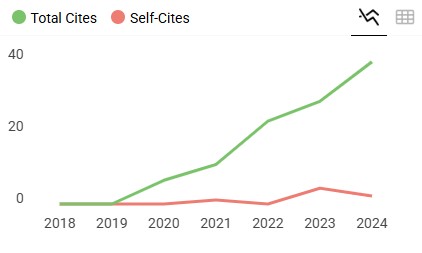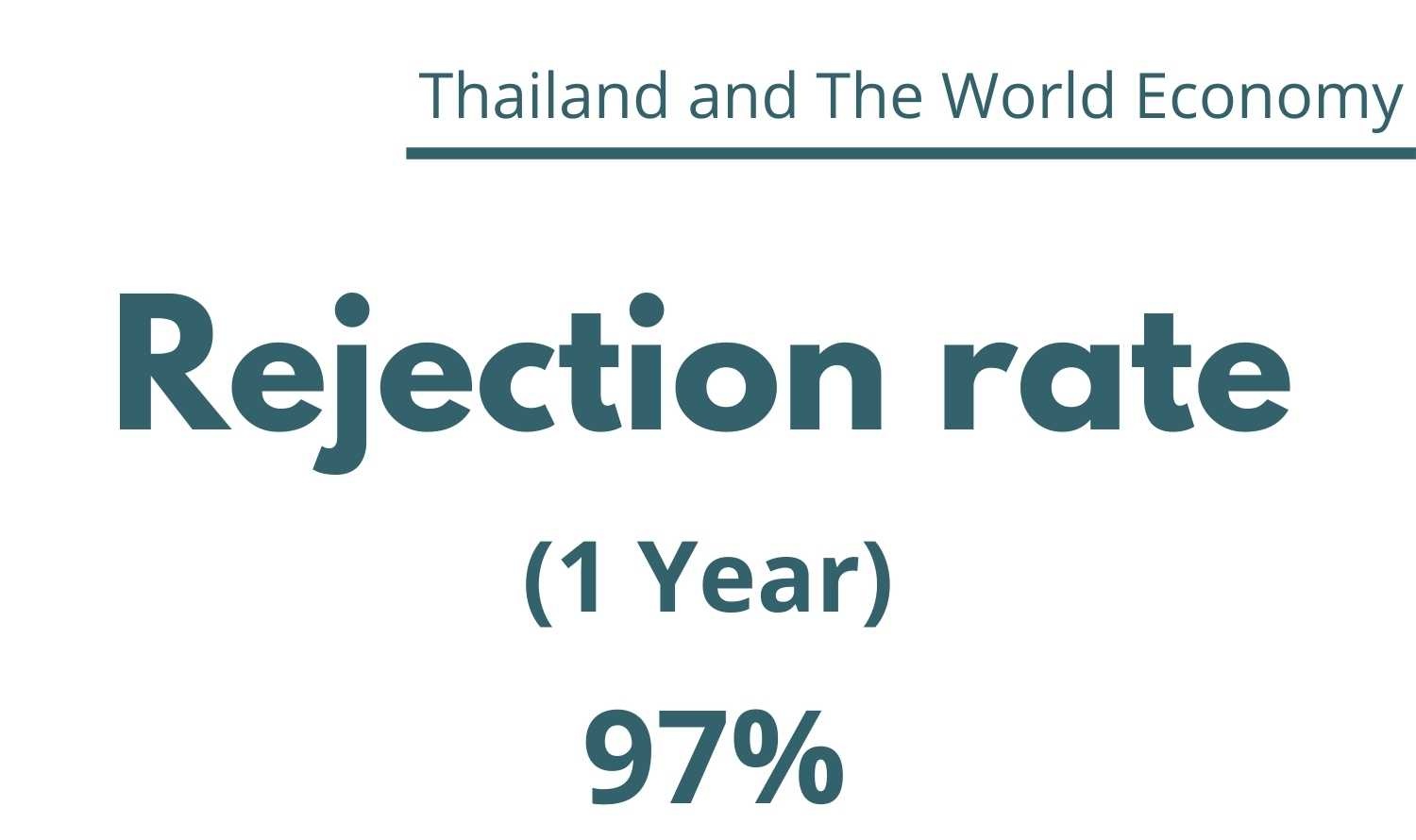Gambling-Motivated Attention and Improved Market Efficiency
Keywords:
Behavioral Finance, Gambling, Market Attention, Market EfficiencyAbstract
Information is incorporated into stock prices when investors trade; consequently, prices respond only to the information investors pay attention to. Because market efficiency requires rapid information dissemination and fully informative prices, attention necessarily affects the level of market efficiency. This study examines the role of retail investors’ market attention in determining the Stock Exchange of Thailand’s market efficiency. This unobservable market attention is measured using the Google search volume index for H̄ûn thịy or Thai stock and a daily sample ranging from August 6, 2008, to March 31, 2023 (3,573 observations). The autocorrelation test does not contradict the efficient market hypothesis, indicating that market attention neither improves nor reduces efficiency. Attention is then decomposed into two components: investment- and gambling-motivated attention. Additional testing of these two components shows that the nonsignificant result against the null hypothesis is the net effect of the inefficiency and improved efficiency induced by gambling-motivated attention. Noise trading induced by gambling-motivated attention plays an important role in improving efficiency by attracting the attention of sophisticated institutional investors. These investors then aggressively search for information to trade against and benefit from retail investors. The resulting trades incorporate new information into prices, improving efficiency.
References
Ahmad, F., & Oriani, R. (2022). Investor attention, information acquisition, and value premium: A mispricing perspective. International Review of Financial Analysis, 79, 101976.
Andrei, D., & Hasler, M. (2015). Investor attention and stock market volatility. Review of Financial Studies, 28(1), 33‒72.
Bagehot, W. (1971). The only game in town. Financial Analysts Journal, 27(2), 12‒14.
Barber, B. M., & Odean, T. (2008). All that glitters: The effect of attention and news on the buying behavior of individual and institutional investors. Review of Financial Studies, 21(2), 785‒818.
Black, F. (1986). Noise. Journal of Finance, 41(3), 528–543.
Boulland, R., Degeorge, F., & Ginglinger, E. (2017). News dissemination and investor attention. Review of Finance, 21(2), 761–791.
Challet, D., & Ayed, A. B. H. (2014). Predicting financial markets with Google Trends and not so random keywords. New York: Cornell University. Retrieved from https://arxiv.org/pdf/1307.4643
Chen, Z. (2021). Investor attention and market correction. Review of Behavioral Finance, 13(4), 386‒409.
Curfew starts on Friday: All travel to nation halted for 2 weeks. (2020, April 3). Bangkok Post. Retrieved from https://www.bangkokpost.com/thailand/general/1891910/curfew-starts-today
Da, Z., Engelberg, J., & Gao, P. (2011). In search of attention. Journal of Finance, 66(5), 1461–1499.
Daniel, K., & Titman, S. (1999). Market efficiency in an irrational world. Financial Analysts Journal, 55(6), 28‒40.
Dong, F. (2020). Noise‑driven abnormal institutional investor attention. Journal of Asset Management, 21, 467–488.
Fama, E. F. (1970). Efficient capital markets: A review of theory and empirical work. Journal of Finance, 25(2), 383‒417.
Grossman, S. J., & Stiglitz, J. E. (1980). On the impossibility of informationally efficient markets. American Economic Review, 70(3), 393‒408.
Guo, X., & Wong, W. (2016). Multivariate stochastic dominance for risk averters and risk seekers. RAIRO—Operations Research, 50(3), 575–586.
Han, L., Li, Z., & Yin, L. (2018). Investor attention and stock returns: International evidence. Emerging Markets Finance and Trade, 54(14), 3168‒3188.
Hansen, L. P. (1982). Large sample properties of generalized method of moments estimators. Econometrica, 50(4), 1029–1054.
Huang, E. J. (2015). The role of institutional investors and individual investors in financial markets: Evidence from closed-end funds. Review of Financial Economics, 26 (1), 1‒11.
Huberman, G., & Regev, T. (2001). Contagious speculation and a cure of cancer: A nonevent that made stock prices soar. Journal of Finance, 56(1), 387‒396.
Ibikunle, G., McGroarty, F., & Rzayev, K. (2020). More heat than light: Investor attention and bitcoin price discovery. International Review of Financial Analysis, 69, 101459.
Jenwittayaroje, N. (2021). Testing weak-form market efficiency in the Stock Exchange of Thailand. Global Business and Economic Review, 24(3), 211‒224.
Jiang, L., Liu, J., Peng, L., & Wang, B. (2022). Investor attention and asset pricing anomalies. Review of Finance, 26(3), 563‒593.
Khanthavit, A. (2016). The fast and slow speed of convergence to market efficiency: A note for large and small stocks on the Stock Exchange of Thailand. Social Science Asia, 2(2), 1‒6.
Khanthavit, A. (2018). Investors’ weather-related moods and the stock market. Human Behavior, Development and Society, 19, 7‒15.
Khanthavit, A. (2023). Gambling-motivated market attention and stock market volatility. ABAC Journal, 43(2), 1‒11.
Koch, S., & Dimpfl, T. (2023). Attention and retail investor herding in cryptocurrency markets. Finance Research Letters, 51, 103474.
Lo, A. (2004). The adaptive markets hypothesis. Journal of Portfolio Management, 30(5), 15‒29.
Markiewicz, Ł., & Weber, E. U. (2013). DOSPERT’s gambling risk-taking propensity scale predicts excessive stock trading. Journal of Behavioral Finance, 14(1), 65–78.
Mbanga, C., Darrat, A. F., & Park, J. C. (2019). Investor sentiment and aggregate stock returns: The role of investor attention. Review of Quantitative Finance and Accounting, 53, 397–428.
Mosenhauer, M., Newall, P. W. S., & Walasek, L. (2021). The stock market as a casino: Associations between stock market trading frequency and problem gambling. Journal of Behavioral Addictions, 10(3), 683–689.
Newey, W. K., & West, K. D. (1987). A simple, positive semi-definite, heteroskedasticity and autocorrelation consistent covariance matrix. Econometrica, 55(3), 703–708.
Ozdamar, M., Sensoy, A., & Akdeniz, L. (2022). Retail vs institutional investor attention in the cryptocurrency market. Journal of International Financial Markets, Institutions and Money, 81, 101674.
Pal, M. (1980). Consistent moment estimators of regression coefficients in the presence of errors in variables. Journal of Econometrics, 14(3), 349–364.
Parkinson, M. (1980). The extreme value method for estimating the variance of the rate of return. Journal of Business, 53(1), 61–65.
Peng, L., & Xiong, W. (2006). Investor attention, overconfidence and category learning. Journal of Financial Economics, 80(3), 563‒602.
Racicot, F. E., & Théoret, R. (2010). Optimal instrumental variables generators based on improved Hausman regression, with an application to hedge fund returns. Journal of Wealth Management, 13(1), 103–123.
Sims, C. A. (1980). Macroeconomics and reality. Econometrica, 48(1), 1‒48.
Sukpitak, J., & Hengpunya, V. (2016). Efficiency of Thai stock markets: Detrended fluctuation analysis. Physica A: Statistical Mechanics and its Applications, 458, 204‒209.
Swanson, N. R., & Granger, C. W. J. (1997). Impulse response functions based on a causal approach to residual orthogonalization in vector autoregression. Journal of the American Statistical Association, 92(437), 357–367.
Tantaopas, P., Padungsaksawasdi, C., & Treepongkaruna, S. (2016). Attention effect via internet search intensity in Asia-Pacific stock markets. Pacific-Basin Finance Journal, 38, 107‒124.
Thailand ends COVID-19 Emergency Decree on 30 September 2022. (2022, September 30). TAT News. Retrieved from https://www.tatnews.org/2022/09/thailand-ends-covid-19-emergency-decree-on-30-september-2022/
Vasileiou, E. (2021). Behavioral finance and market efficiency in the time of the COVID-19 pandemic: Does fear drive the market?. International Review of Applied Economics, 35(2), 224‒241.
Vlastakis, N., & Markellos, R. N. (2012). Information demand and stock market volatility. Journal of Banking and Finance, 36(6), 1808‒1821.
Vozlyublennaia, N. (2014). Investor attention, index performance, and return predictability. Journal of Banking and Finance, 41, 17‒35.
Wu, Q., & Shamsuddin, A. (2014). Investor attention, information diffusion and industry returns. Pacific-Basin Finance Journal, 30, 30‒43.
Xu, L., Zhang, X., & Zhao, J. (2023). Limited investor attention and biased reactions to information: Evidence from the COVID-19 pandemic. Journal of Financial Markets, 62, 100757.
Yen, G., & Lee, C. (2008). Efficient market hypothesis (EMH): Past, present and future. Review of Pacific Basin Financial Markets and Policies, 11(2), 305–329.
Zalewska-Mitura, A., & Hall, S. G. (1999). Examining the first stages of market performance: A test of evolving market efficiency. Economics Letters, 64(1), 1‒12.
Downloads
Published
How to Cite
Issue
Section
Categories
License
Copyright (c) 2024 Thailand and The World Economy

This work is licensed under a Creative Commons Attribution-NonCommercial-NoDerivatives 4.0 International License.










